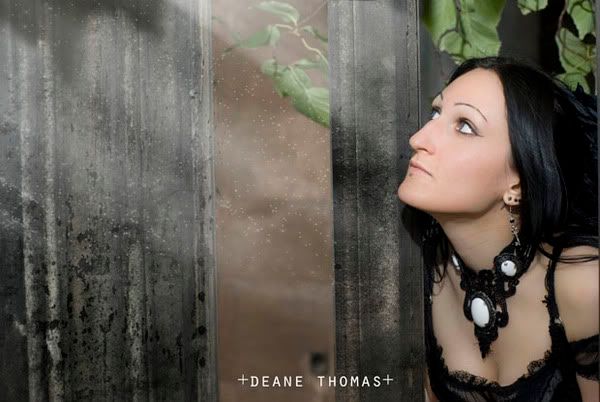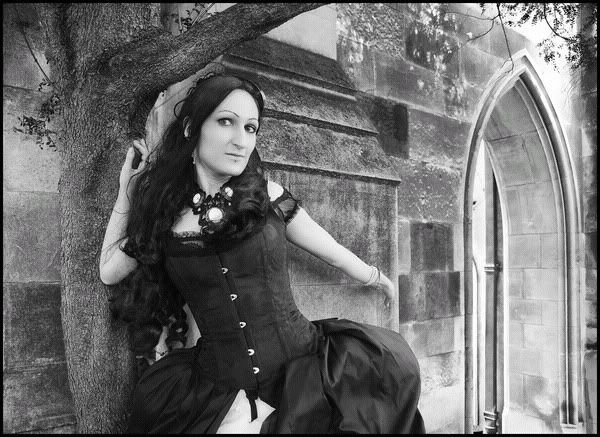"Telling Tales" explores the recent trend for unique or limited edition pieces, inspired by the spirit of story-telling, that push the limits between art and design.
“Design art” are products that transcend the boundaries between function and art. Function is not of primary importance anymore, artistry in the details takes over whilst familiar domestic items are invested with strange properties.
In the first room, entitled “The Forest Glade”, subtle sounds of creaking forest incite the visitor to become attentive to the natural possibilities of beauty and danger.
'
Fig Leaf' armoire by Dutch designer Tord Boontje is at once a place to hang clothes and an artifact of insane beauty, with its 616 leaves enameled by hand.
“Else” by Julia Lohmann is a bench in the shape of a decapitated cow covered in blood-burgundy leather.
'Bathboat' by Wieki Somers
The 'Bathboat' is like a small boat turned inside out, designed to keep water in rather than keep it out, making the connection between floating on the water and bathing in the water because they evoke many similar feelings and elements.
'Petit Jardin' chair by Tord Boontje celebrates nature's fecundity and is constructed entirely from stylised plant fronds. However the verdant growth threatens to engulf or impale the sitter, giving a sinister undertone to the chair's decorative appearance.
'Linen-Cupboard-House' by Jurgen Bey.
Just as children imaginatively build fortresses, so Jurgen Bey used old furniture to create this guest room. It is like the gingerbread house in the classic fairy story, where Hansel and Gretel were promised sanctuary but were deceived by the witch.
'Sculpt' wardrobe by Maarten Baas pretends to be made from rough-hewn wood, but despite its appearance, the wardrobe is not carved from a single massive tree trunk, but was made from sheet steel that has been veneered.
Out of the woods and into the “Enchanted Castle” section, symbols of wealth and status are prodded and parodied.
The "Robber Baron" collection by Belgian design duo Studio Job includes a black cast bronze and gilded jewel safe topped with the head of a clown and a table crafted in the shape of golden smoke rising from four factory chimneys.
"Robber Baron" table by Studio Job.
The exhibition ends with the gloomy rooms of the "Heaven and Hell" section where visitors have to peer through windows to distinguish the sinister items designed to remind them of their own mortality.
Fredrikson Stallard’s red, urethane-rubber rug intends to represent the exact amount of blood in two people.
"Sensory Deprivation Skull" by Joep van Lieshout.
'Damned.MGX' chandelier by Luc Merx.
The tumbling bodies that make up this chandelier were inspired by Rubens's depiction of the Fall of the Damned at the moment of God's last judgement.
Kelly McCallum's stuffed fox, "Do You Hear What I Hear" has gold-plated maggots squirming from its dead, dry ears.
In design as well as fairytales, things are not always what they seem and designers featured in this show will most certainly give you nightmares instead of happy endings!




















